The newest baby product launches emphasize using natural ingredients and eco-friendly packaging
Posted by Chase Anderson on

With an anticipated growth of 4.3% per year, baby care is a promising market for cosmetics companies, with sales predicted to reach $25 billion in 2028. Since the pandemic, the market for infant goods has exploded. Motivated by the 'clean beauty' trend, businesses are giving top priority to premium, sustainable ingredients and environmentally friendly packaging. Global markets including those in the Americas and Asia Pacific are driving this trend.
According to the Mintel research, "A year of innovation in baby personal care, 2022," plant-based claims, which account for 56% of product releases for infants, are driving new advances in Europe. Beyond hygiene, there is still a demand for formulae that are safe, as evidenced by recent launches that tout probiotic properties or compatibility.
The infant products business has always placed a high priority on protection and safety, especially in the wake of the epidemic. However, the market's perception of baby care has changed; it is no longer solely perceived as personal care, but more as a beauty product.
Premium and unmistakable
Parents are prepared to spend more for quality items in Asia Pacific, one of the baby care areas with the quickest rate of growth.
Customers tend to favor firms who are open about the sources of their ingredients and sustainability certifications.
Millennial parents, who are knowledgeable about cosmetics and their contents, are becoming more selective about the products they purchase and use on their children's skin.
In line with this trend, 43% of US parents believe that natural ingredients should take precedence over cost when choosing baby care products.
Clean cosmetic goods, such "free-from" formulae, are becoming more popular, and several major market participants have made commitments to get rid of questionable substances from infant products.
Key is eco-packaging
Parents are becoming more concerned about climate change as they realize that younger generations will be more affected by its more severe effects. Refillable, recyclable, and recycled packaging are some of the solutions that help brands fulfill their sustainability obligations. Brands are becoming more honest about their formulae ( "cruelty-free," "water-saving," etc.).

